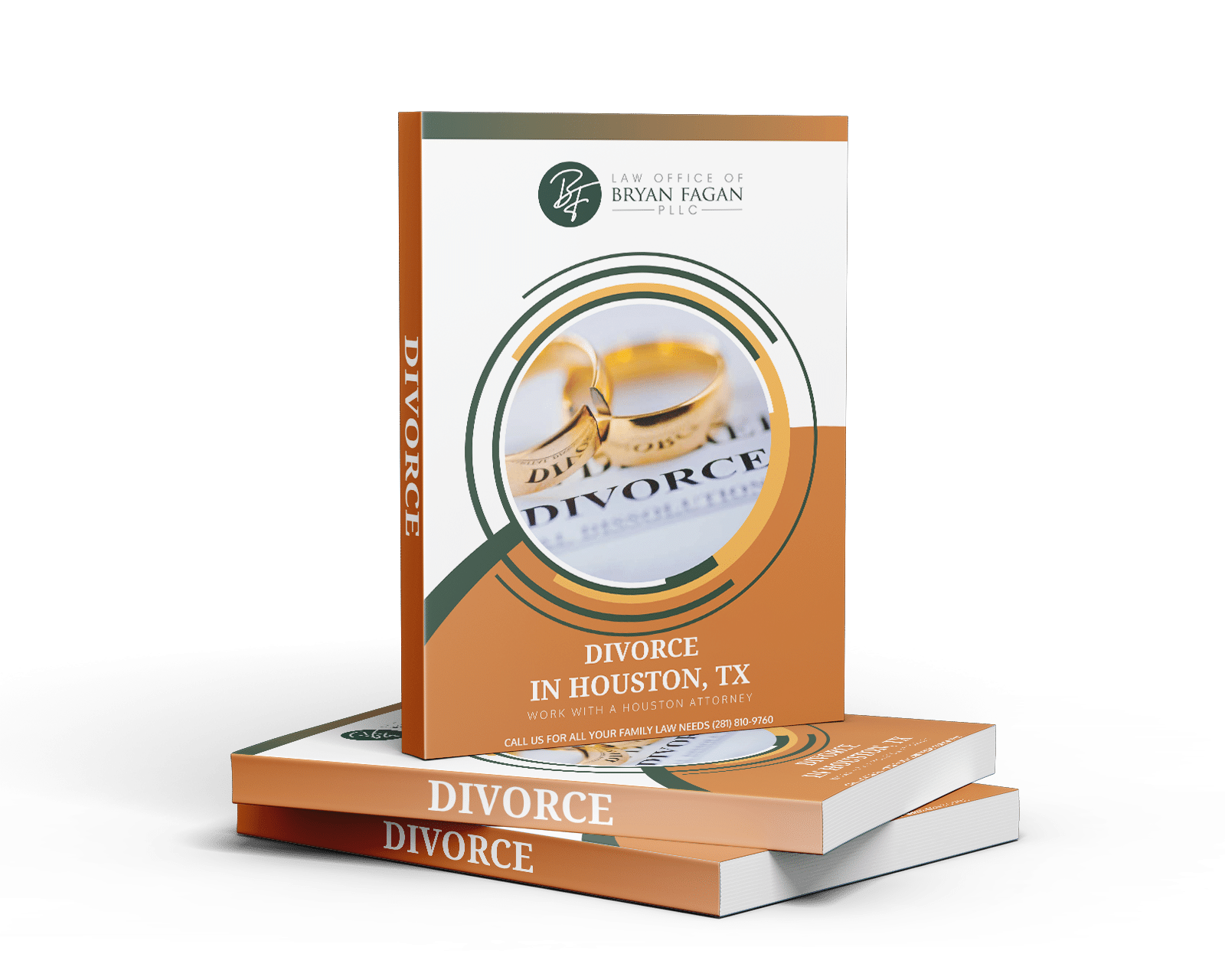
Cruel treatment can break a marriage faster than any legal paper ever could. In Texas, the law allows a spouse to file for divorce on the grounds of cruelty. This isn’t just about arguments or a bad temper. It involves repeated or severe behavior that makes living together unbearable. If you’re dealing with abuse, threats, or emotional harm, you might have legal options. Understanding how courts view cruelty as grounds for divorce in Texas can help you take the next step with clarity and protection.
What Counts as Cruelty in Texas Divorce
Texas law defines cruelty as behavior that endangers life, limb, or health. The court will look at patterns of abuse and how the actions affected the victim. Common examples include:
Subheading
- Physical violence such as hitting or pushing
- Threats of harm toward you or your children
- Emotional abuse that damages mental health
- Extreme control over daily life
A single major incident can qualify if it caused real harm. Most cases involve repeated behavior. Gathering evidence gives your case solid backing.
Step 1 Gather Evidence of Abuse
Handling a cruelty divorce starts with finding proof. Courts need proof of abuse. Evidence can include:
Subheading
- Medical records documenting injuries
- Police reports from calls you made
- Photographs of bruises during relevant times
- Text messages or emails that threaten or humiliate
- Testimony from friends or family who saw abuse
A detailed journal helps. Record dates, times, descriptions of events, and any witnesses. Provide consistent information. Courts will take that seriously when reviewing your petition.
Step 2 Hire a Family Law Attorney
Texas has specific rules about filing for divorce based on cruelty. An attorney can guide you through local court practices and deadlines. They can help you understand laws such as community property rules and custody factors. Many attorneys offer a consultation that helps you assess your situation. You may find affordable help through legal aid or local bar associations if cost concerns arise.
Step 3 File for Divorce and Request Protective Orders
When your attorney files your petition, include cruelty as the reason. You can request protective orders to keep the abuser away from you or your children. Courts often act quickly when danger exists.
A temporary injunction can block contact, limit access to your children, and stop financial moves. Courts usually issue these while divorce proceedings continue. Following this process helps protect your safety.
Step 4 Handle Custody and Visitation
Texas courts decide custody based on the child’s best interest. Cruelty can affect where the child lives and how often you see them. Courts look at:
Subheading
- Physical and emotional safety of the child
- History of family violence or protective orders
- Ability of each parent to care for the child
- Child’s attachment to each parent
You should gather evidence similar to divorce claims. Witnesses, expert opinions from therapists, and school reports strengthen your case. The court may require counseling or supervised visitation if it feels safer.

Step 5 Deal With Property and Finances
Texas follows community property law. The court splits assets and debts acquired during marriage equally. Cruel behavior may influence who keeps the house or car.
Your attorney will:
Subheading
- List all assets and debts
- Determine what qualifies as separate property
- Negotiate settlement terms or ask the court to divide fairly
Providing documentation like bank statements and appraisals helps clarify ownership. You’ll likely ask the court to handle financial issues through mediation, arbitration, or final hearing.
Step 6 Prepare for Court Hearings
A trial requires full preparation. You and your legal team will build a timeline of events and organize documents and witness statements. Expect your attorney to prepare you for direct and cross-examination questions.
Courts with cruelty divorces often move quickly, especially if children or violence concerns exist. Dress professionally, show respect in court, and speak honestly.
Step 7 Manage Emotional Well-being
Divorce alone drains energy. Cruelty divorce adds trauma. You should access your support network. Seek counseling or support groups for domestic abuse survivors. These resources can boost your emotional strength through the process.
Taking steps to preserve your mental health also improves your legal position. Courts view evidence of your proactive recovery favorably in custody decisions and emotional well-being.
Step 8 Understand Post-Divorce Issues
Once the court finalizes the divorce, abuse does not always end. Protective or restraining orders may continue. You can ask the court to incorporate custody, safety, and financial terms into the final decree.
If your spouse violates court orders or therapy plans, report it immediately. Using documented legal methods keeps your options open once the judgment goes into effect.

Resources in Texas for Cruelty Divorce
Texas offers several resources:
Subheading
- Texas Legal Services Center offers free legal clinics
- Texas Council on Family Violence provides survivor support
- Local domestic violence shelters provide safety plans and counseling
- Law enforcement agencies help with enforcement and filing reports
Meeting with a legal advocate from those groups can point you to the right forms and community services. They offer guidance for filing divorce and protective orders even before you hire an attorney.
Frequently Asked Questions
What is the definition of cruelty for Texas courts?
Courts define cruelty as cruelty that endangers life, limb, or health. That includes physical abuse and serious emotional harm.
Can courts grant immediate divorce if abuse occurs?
Texas judges can issue protective orders quickly when the threat is serious. They will schedule hearings for divorce proceedings on a faster timeline if danger exists.
Will cruelty affect property division?
Courts divide community property equally. They may favor the abused spouse on custody, property, or debt allocation when abuse hurts your ability to earn or care for children.
Can a spouse change their mind during divorce?
People sometimes change their claims. Providing solid evidence helps courts trust your case if your spouse denies abuse later on.
Where can I get legal help for free?
You will find free or low-cost help through the Texas Legal Services Center, local legal aid offices, and family violence advocates. Many lawyers offer sliding scale fees or payment plans.
Wrap-Up
Divorce based on cruelty in Texas requires action and documentation. You should gather solid evidence, file the proper legal documents, request protective orders, and focus on safety of your children and yourself. A qualified attorney helps guide you through complicated procedures. Staying strong and informed improves your chances of reaching a fair outcome that protects your future emotionally and financially.ivere your situation while signed paperwork and strong evidence build your case.
- Understanding the Legal Grounds for Divorce in Texas
- Explaining fraud as grounds for Divorce or Annulment in Texas
- What You Need to Know About Grounds for Divorce in Texas
- Navigating Texas Grounds for Divorce: What You Need to Know
- Grounds for Divorce in Texas: No-Fault vs. Fault-Based Options
- Texas Legal Grounds for Divorce: What You Need to Know
- Grounds for a divorce in Texas: Confinement to a mental hospital
- What are the grounds for Divorce?
- Conviction of a Felony as Grounds for a Texas Divorce
- Grounds of Insupportability in Texas: What You Need to Know for a No-Fault Divorce
FAQs on Divorce Laws in Texas
To prove cruelty in a divorce in Texas, you must demonstrate that your spouse’s behavior was so harmful that it made living together insufferable. This can include physical violence, verbal abuse, emotional torment, or other forms of malicious behavior.
An example of extreme cruelty could be continuous verbal abuse, physical attacks, or psychologically damaging behavior that severely impacts the health and well-being of the partner.
In Texas, evidence such as adultery, documented abuse, financial mismanagement, or anything that can negatively affect your character assessment in custody and asset division can be used against you in a divorce.
No fault grounds for divorce in Texas include “insupportability” which means discord or conflict of personalities that destroys the legitimate ends of the marital relationship and prevents any reasonable expectation of reconciliation.
Extreme cruelty in a divorce refers to acts of physical or emotional abuse that severely impact the physical or mental health of the spouse, making continued cohabitation unsafe or improper.
Traumatic divorce refers to a separation process that is characterized by severe psychological stress or trauma, often caused by abusive behavior, betrayal, or prolonged legal battles.
Excessive cruelty involves acts of violence or emotional abuse that go beyond the typical disagreements and difficulties seen in marriage, significantly harming the other spouse’s physical or mental health.
A hostile divorce is characterized by significant conflict and animosity between the spouses, often involving aggressive legal battles, refusal to compromise, and intense emotional disputes.





